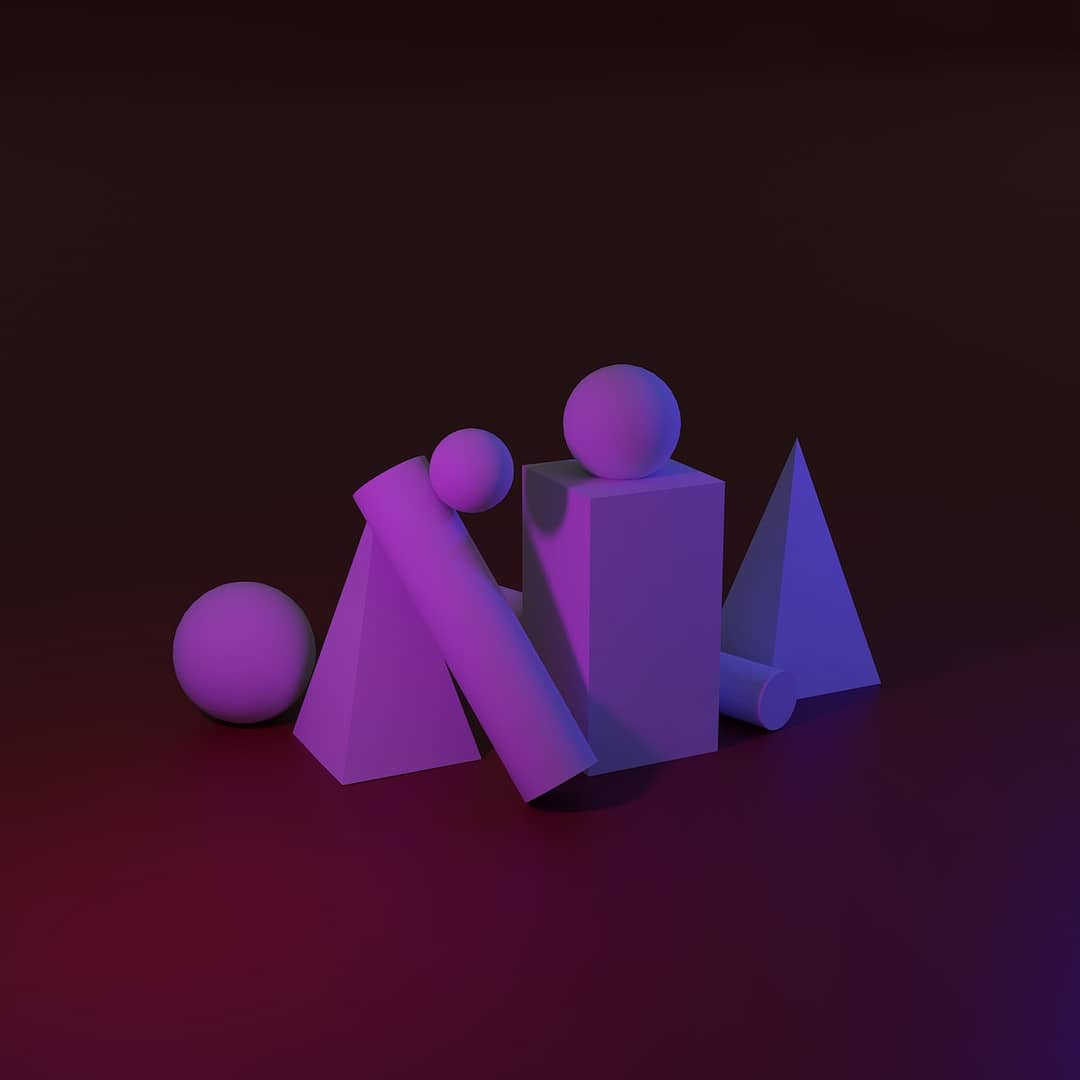Unit 12 is about writing an essay based on one of the questions set by our tutors. I chose the question below of the effect of 3D packages on the industry. Below is my first draft.
The effect of 3D packages on the animation industry
Since the late 1980’s 3D packages and software have vastly improved and become more accessible to the vast population. The improvements of technology have also allowed for it to become much easier to achieve your goals and ambitions within 3D animation and visual effects. But have these improvements been a good impact on the industry or have they removed the creative minds due to it being more efficient than before. I, Thomas Humphries, believe that the improvements of technology and its availability to use them have had a wonderful impact on the industry of 3D animation and visual effects.
The History of 3D software
3D modelling can technically be traced back all the way into the 1960’s1. During that time, however, the software was very rudimentary and was mainly used by architects or engineers to aid in a mathematical sense. There were promising signs at this point that it could be developed further, unfortunately with restrictive software and the cost to own such software. It made it difficult to be used for the wider population and thus was limited to a select few people. However this began to change with the creation of sketchpad in 1963 by Ivan Sutherland where it became fundamental in computer graphics, their software and their interfaces. 5 years later, Evan and Sutherland created the first 3D graphics company which paved the way for all the other companies yet to come. The 1970’s was the beginning of rendering and thus was called the “age of rendering” as people began creating 3D models one of which was made by Martin Newell of the University of Utah named accordingly the “Utah teapot” which was a simple 3D model of a traditional teapot and has been used as an inside joke with 3D modellers for decades and is still commonly used today. Visual effects also started to be used in movies instead of just special effects, companies such as Industrial light and magic were set up to focus on these and have remained as one of the largest companies in the world to specialise in visual effects.. one of the largest movies in the 1970’s to use visual effects was Star Wars: A New Hope which was a spark for the upcoming boom in visual effects in the next couple of decades.
The 1980’s is where 3D modelling and rendering started to “boom”, the first IBM microcomputer launched in 1981 and with that gave widespread access to the engines used for 3D modelling within the engineering, aeronautical, automative and many other sectors3. Within this decade we saw the release of Disney’s Tron which was a major step in the use of visual effects within movies. Most of the software used today was developed in the 1990’s with many industries using it as standard when creating a product, whether that is within the film industry or the engineering and construction industry. This decade was also where we saw the release of the software blender, released in 19945, and has remained one of the most used 3D modelling and rendering software used to this day and is now beginning to be used as industry standard due to its constant improvement and increase in capabilities. Within the film industry, big movies such as Star Wars: A phantom Menace; Terminator 2; The Mummy; The Matrix and Men In black released, taking crucial use of visual effects and its capabilities, each gaining massive popularity and making people and companies alike realise what can be done with 3D Software
The 2000’s is where we see a major boom of 3D animation and visual effects with almost every movie relying heavily on it to create the next big movie, This can be seen as both a positive and a bad thing as because of the continuous improvements of technology we rely more on a system to make these effects for us instead of creating them in real life. For example in Avengers: Endgame, The villain known as Thanos was completely CGI, being motion captured by an actor, However if this was maybe 20 to 30 years before hand, The character would have been prosthetic and would have been a real, interactive creature. the character may have looked uncanny at points but it does mean that the actors will be able to properly act out a scene without sometimes looking like they aren’t concentrating on nothing and seeming clueless of what is supposedly in front of them.
The ever-expanding industry requires for more creative artists and so a higher need for powerful systems and applications that will be able to handle the load given to them. The leading companies of these software are racing against the user’s projects to ensure that they remain at the top of the leaderboard. Visual effects are becoming more common place within the film and animation industry with about 90% of films and shows using vfx2. This proves that the technology and packages being used are vital for the industry, ensuring that every movie or show or animation becomes the best of its capabilities. Considering that we are moving to an age where practical effects will be used less due to its restrictions, it is vital that 3D packages are so far developed that it can continue to support the animation and visual effects industry for many years and even decades to come as it is expected that the industry will exponentially grow as it is expected to almost double in value by the year 20284.
3D prebuilt packages allow for easy access to components that animators may require with only limited time left to complete a project. If an animator requires a quick model of a piece of furniture; for example, a sofa, then they can access a website which distributes models created by other users and allows for a quick download or purchase to be able to use it. This reduces the time spent whilst also providing for the wider community of modellers as if the product had a price, then they would be required to purchase it for the ability to use it.
However, With an increase in demand for 3D packages and animators. 2D animation may begin to see a decline in the upcoming years. Although currently 2D animators are still needed, it is entirely possible that as the 3D software continues to improve, many companies may begin to require less 2D animations. This means that hand drawn animations or even digitally drawn animations may become insignificant. There are many different applications for 3D animation which is much easier to understand; such as Blender and Cinema 4D which currently dominate the 3D animation and modelling market and for 2D it is Adobe aftereffects that is holding a sort of monopoly over the industry as it is arguably the best software to use.
From what I gathered I have gained an understanding that to keep up within this field I will use what I have learnt to create unique and independent pieces of art that stand out with a new and diverse sector of design and film.
- HandWiki. (2022). History of VFX. [Online]. Encyclopedia. Last Updated: 10 Oct 2022. Available at: https://encyclopedia.pub/entry/28574#:~:text=Early%20Developments,-The%20Man%20with&text=In%201857%2 [Accessed 15 November 2023].
- Mordor intelligence. (2023). ANIMATION AND VFX MARKET SIZE & SHARE ANALYSIS – GROWTH TRENDS & FORECASTS (2023 – 2028). [Online]. Mordor intelligence. Available at: https://www.mordorintelligence.com/industry-reports/animation-and-vfx-market [Accessed 14 September 2023].
- Sammy Ekaran. (2021). When Did 3D Modelling Start? A Brief History. [Online]. SelfCAD. Last Updated: May 31 2021. Available at: https://www.selfcad.com/blog/when-did-3d-modeling-start-a-brief-history [Accessed 14 November 2023].
- Verified Market research. (2018). Visual Effects (VFX) Market Size And Forecast. [Online]. verifiedmarketresearch.com. Available at: https://www.verifiedmarketresearch.com/product/visual-effects-vfx-market/#:~:text=About%2090%20perce [Accessed 13 September 2023].
- Wikipedia. (2023). Blender (Software). [Online]. Wikipedia. Last Updated: 15 November 2023. Available at: https://en.wikipedia.org/wiki/Blender_(software) [Accessed 15 November 2023].


